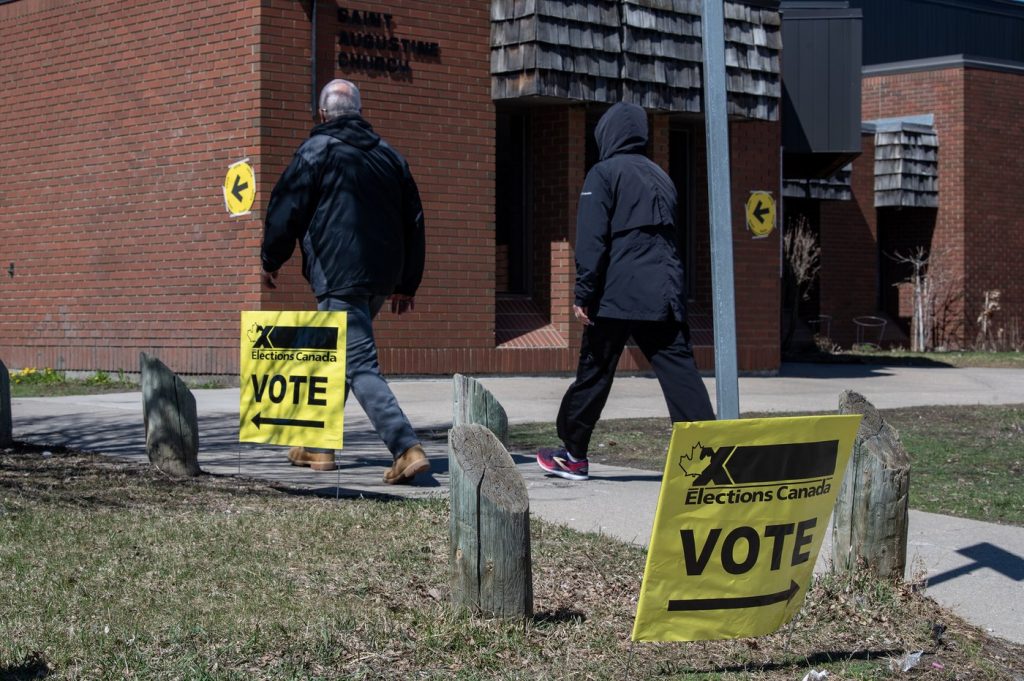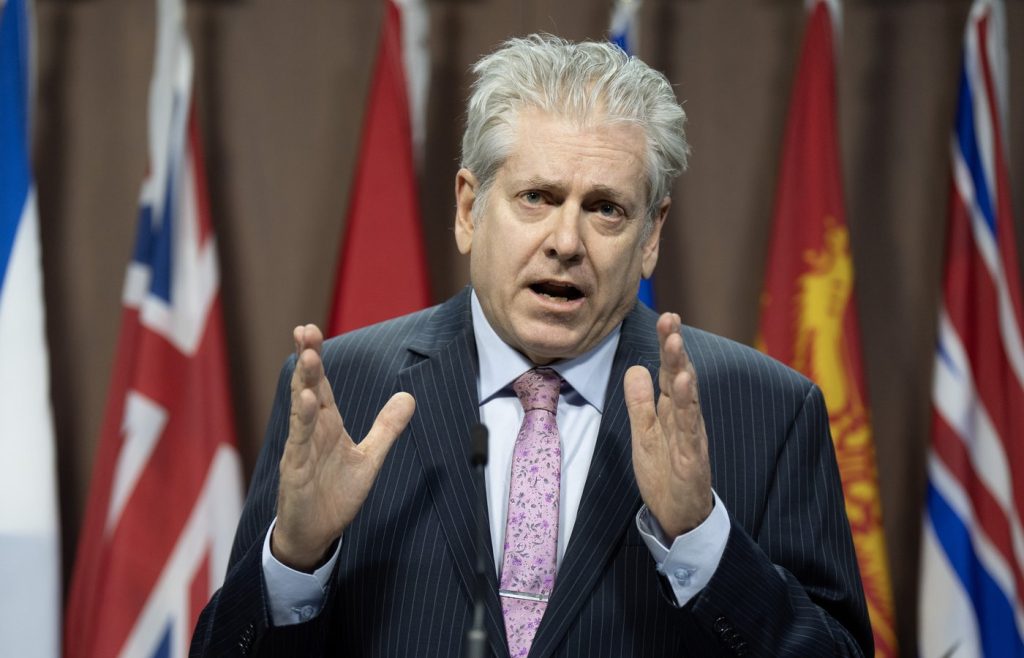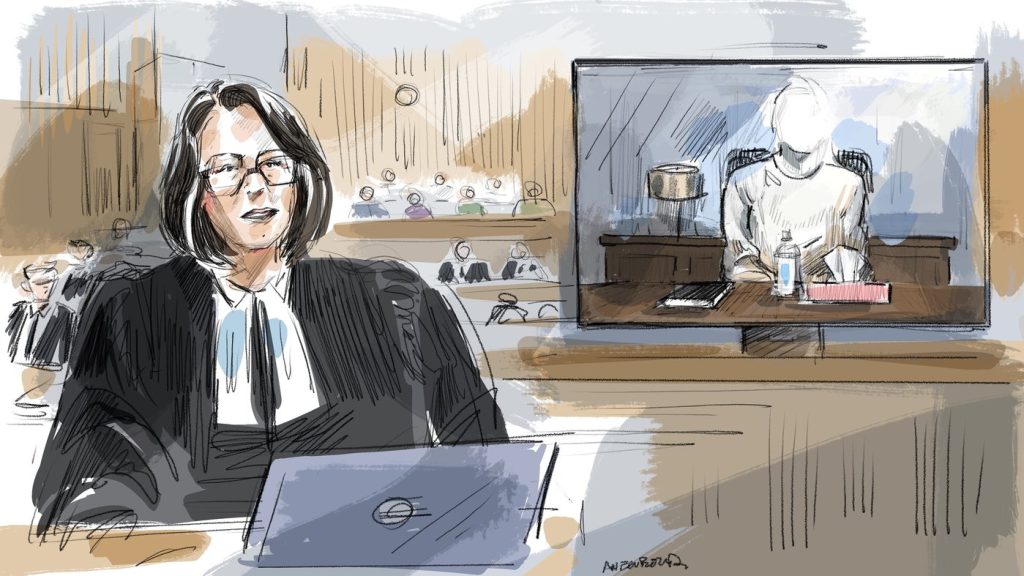Remember This? Ottawa gets its first telephone
Posted Nov 9, 2020 03:16:00 PM.
OttawaMatters.com, in partnership with the Historical Society of Ottawa, brings you this weekly feature by Director James Powell, highlighting a moment in the city's history.
November 9, 1877
Even though 140 years have passed since Alexander Graham Bell was awarded a patent for the telephone, there is still bitter disagreement over whether he was truly the inventor of the device.
Many others were working simultaneously in the field, including Antonio Meucci, Elisha Gray and Johann Reis. All have claims on being the telephone’s “father.”
Even if priority of claim is accorded to Bell, the telephone is hardly an all-Canadian invention as many Canadians believe. According to Bell himself, the telephone was conceived in Brantford, but developed at his workshop in Boston. Moreover, three countries can consider Bell to be one of their own as he was born in Scotland, moved to Canada in 1870, but subsequently became a naturalized U.S. citizen. Later, he divided his time between Canada and the United States, dying at his country retreat near Baddeck, Nova Scotia in 1922.
In 2002, the U.S. House of Representatives passed a resolution (No. 269) drafted by Congressman Vito Fossella that in essence gave priority of claim to Antonio Meucci, an Italian inventor who had immigrated to New York in the nineteenth century, based on a patent caveat (a notice of an intention to file a patent) for a “sound telegraph” filed with the U.S. Patent Office in 1871.
Worse still, the Congressional resolution insinuated that Bell had stolen Meucci’s invention.
Appalled by this slight on Canadian history and Bell’s integrity, the Canadian House of Commons responded ten days later by passing a parliamentary motion affirming Bell as the inventor of the telephone.
While there is no evidence that Bell stole Meucci’s ideas, it’s true that Meucci had been working on developing a similar instrument for some years. However, his patent caveat application did not describe an ability to transmit voices. Unable to afford the small fee to maintain his position, Meucci let his patent caveat lapse.
On the same day that Bell’s lawyer filed a patent application at the U.S. Patent Office in Washington D.C. in February 1876, Elisha Gray submitted a patent caveat for his telephone. The two submissions were remarkably similar.
While many accounts say Bell’s submission beat Gray’s by two hours, it’s not clear which got to the Patent Office first.
A contrary view has Gray getting his application in ahead of Bell only for it to end up at the bottom of an “In” basket.
Regardless, under the law at the time who got to the Patent Office first mattered less than who could demonstrate that he came up with the idea first. Bell successfully made his case to the patent examiner, and was awarded U.S. patent #174,465 in March 1876 for “The method of, and apparatus for, transmitting vocal or other sounds telegraphically-by causing electrical undulations, similar in form to the vibrations of the air accompanying the said vocal or other sound.”
His case was strengthened by the fact that Gray withdrew his patent caveat and did not immediately challenge Bell’s claim.
Three days after receiving his patent, Bell produced a functioning telephone.
While tinkering with a device at his Boston workshop, Bell’s famous words “Mr. Watson, come here, I want to see you,” were heard by his assistant, Thomas Watson, who was working in a separate room down the hall. For that particular experiment, Bell had used a water-based transmitter similar to the one proposed by Gray in his patent caveat — providing Bell naysayers “proof” that he had lifted Gray’s idea.
However, Bell never used this type of transmitter in public demonstrations, working instead on the electromagnetic telephone that he demonstrated at the Centennial Exposition in June 1876 in Philadelphia.
As an aside, Bell recommended that people answering the phone should say “Ahoy-hoy” rather than “Hello.” This suggestion never caught on, though it did gain a following after its use by character Mr. Burns on the television cartoon series The Simpsons.
Needless to say, with the similarities between the Bell and Gray submissions, legal suits began to fly, especially after Gray re-submitted his patent application in 1877. But after two years of litigation, Bell was credited with the invention.
This did not stop the legal challenges.
Over the next decade, as it became increasingly apparent that there were huge profits to be had in the telephone industry and as new advances in telephone technology were made, the Bell Telephone Company, which was established in 1876 by Bell, his father-in-law, and a Boston financier, was embroiled in hundreds of patent challenges. Some of these lawsuits went all the way to the U.S. Supreme Court.
A U.S. Congressional study into the telephone was also undertaken in 1886.
Despite all the hearings and all the law suits, the Bell Telephone Company emerged triumphant, its patent rights confirmed.
North of the U.S. border, Alexander Graham Bell received Canadian patent #7,789 for his telephone in August 1877.
Canadians did not appear to be greatly impressed by the new technology.
In early 1878, The Globe newspaper ran an article posing the question Is the telephone a failure? While saying that the invention was “awe-striking” and that it “had faced little popular or scientific hostility,” the newspaper opined that the telephone had serious operational problems, in, particular interference from other lines and “leakage” that led to “the force of the voice to be lost.”
Just as we have concerns today about internet security, the newspaper also fretted about telephone security; telephone lines could be easily tapped.
Alexander Melville Bell, the inventor’s father, wrote a blistering riposte, saying that he regretted “that it should be necessary to defend the merits of so original an invention against the pretensions of pottering envy and wise-after-the-event detraction.” Bell senior called the telephone “a triumphant success,” and that they were “learning and improving,” noting that the problem with interference with other wires had already been remedied.
Notwithstanding this stout defence of his son’s invention, there were no Canadian buyers for Bell’s Canadian patent rights when they came on the market.
In 1879, Bell senior, to whom his inventor son had earlier given his Canadian patent rights, could not find a Canadian buyer willing to pay his $100,000 asking price (equivalent to about $2.5-million today). Instead, he sold them to the National Bell Telephone Company of Boston that was later to be become the American Bell Telephone Company. The American company in turn established the Bell Telephone Company of Canada, based in Montreal, under a federal charter at the end of April 1880.
Ottawa’s introduction to the new communications technology occurred in the fall of 1877.
After a demonstration of the telephone at the Ottawa Agricultural Exposition in September of that year by William Pettigrew, a friend of Bell senior, the first telephone line was installed on November 9, 1877, linking the office of Alexander Mackenzie, the Premier of the Dominion of Canada, in his capacity as the Minister of Public Works to the office of Lord Dufferin, Canada’s Governor General, at Rideau Hall. It was a private line. Telephone exchanges that would allow multiple people to be connected to each other through an operator were still in the future.
The contract between Bell senior and the Premier called for the installation of two wooden hand telephones #18 and #19 and two wooden box telephones, #25 and #26, at a fee of $42.50 per annum, payable in advance, due annually on September 21 each year.
While the lease was executed on November 9, the lease was backdated to September 21 so that the honour of Canada’s first telephone lease could go to the government. In actuality, the first Canadian commercial telephone lease was signed by Hugh Cosset Baker, an entrepreneur in Hamilton, Ontario, with the District Telegraph Company in October 1877. The telephone line linked Baker’s office to that of a colleague.
Dave Allston, in his Ottawa blog titled The Kichissippi Museum, recounts a delightful story of the first telephone test call between Rideau Hall and Mackenzie’s office. It seems that Mackenzie’s private secretary, William Buckingham, who was stationed at Rideau Hall for the test, was so rattled by hearing the Premier’s voice coming out of a wooden box, that he flubbed reciting the Lord’s Prayer. Admonished by the Premier, he was forced to repeat himself. Following that embarrassing introduction, the Premier and the Governor General spoke to each other for the first official telephone call.
Mackenzie was not terribly impressed with the new-fangled communications instrument owing to its unreliability.
It must also have been awkward to use; the same hole was employed for both listening and talking. But when the Premier asked for the telephone to be removed, he was overruled by the Governor General.
Apparently, Lady Dufferin, the Governor General’s formidable consort, was much taken with the telephone. According to a 1961 Citizen article she would sing and play the piano into the phone to people at the Premier’s office. Captain Gourdeau of the Princess Louise Dragoon Guards would sing back to her.
With the invention of the telephone exchange — the first exchange in Canada (and, indeed, the first in the British Empire) was installed in 1878 in Hamilton, Ontario — a telephone service similar to what we know today was made possible.
In the major Canadian cities, service was initially provided by two competing companies — the Dominion Telegraph Company that marketed Bell equipment and the Montreal Telegraph Company that marketed Edison equipment. This competitive struggle between the two companies paralleled the patent war underway at that time in the United States between the Bell Telephone Company that naturally used Bell equipment and the Western Union Telegraph Company that used Edison equipment.
Inconveniently to telephone users, subscribers of one service could not make or receive telephone calls from the other service. The Dominion Telegraph Company opened its Ottawa telephone exchange managed by Warren Soper in January 1880. Its first telephone directory consisted of two pages with less than 80 subscribers. The Montreal Telegraph Company followed suit a month later with its Ottawa office managed by Thomas Ahearn.
Almost immediately after it was established in April 1880, the Bell Telephone Company of Canada purchased the Dominion Telegraph Company. Later that same year, it also acquired the Montreal Telegraph Company, thereby uniting the two large Canadian providers of phone services under one company, and in the process stopping the ruinous war between the two companies that brought them to the point of bankruptcy.
In Ottawa, the new Bell Telephone Company was managed by Thomas Ahearn who later went on to fame and fortune as Ottawa’s electricity baron when he joined forces with Warren Soper to create the electrical firm called Ahearn and Soper.
Through the 1880s, the Bell Telephone Company successfully saw off other challengers in the Ottawa market through acquisitions and legal threats.
Mid-decade, the company issued a public notice that it would prosecute anyone using the “Wallace” Telephone, or any other telephone provider that infringed on patents originally granted to Bell, Edison, Berliner, and others, that were still in force and were owned by the Bell Telephone Company of Canada. Instead, the company advertised “instruments under the protection of company patents and are entirely free of risks of litigation.”
Would-be buyers of competing equipment were also reminded that such telephones “will not be allowed to connect into the Company’s lines or exchanges.” The announcement was signed by Thomas Ahearn, Bell’s agent in Ottawa.
By early 1886, Bell Telephone had roughly 400 telephone subscribers in Ottawa, and was growing rapidly.
In October the following year, direct long distance service between Ottawa and Montreal was inaugurated. Previously, callers were routed through Brockville and Prescott. Within weeks, a rapid increase in traffic led to plans for additional long distance lines.
In 1888, new telephone poles were erected on Rideau Street and Sussex Avenue to replace old ones that were too short to carry the increasing number of wires. The Ottawa Journal complained that “a telephone company has been stringing wires all over the streets at its own sweet will, without the slightest reference to any civic authority.”
In April 1900, Ottawa was the first Canadian city to do away with the old hand-cranked telephones. With batteries installed in a central office instead of in a customer’s telephone, a person could now reach an operator by simply picking up the receiver. The familiar, table-top telephone that would dominate the telephone scene for the next century had arrived.








